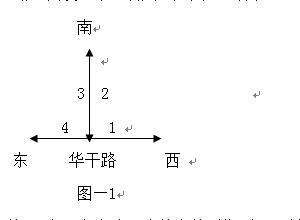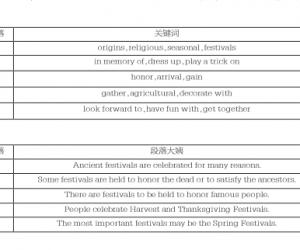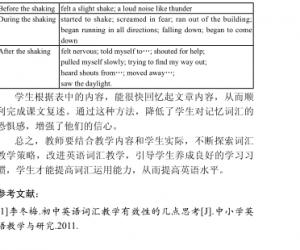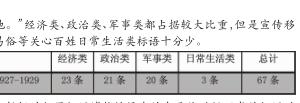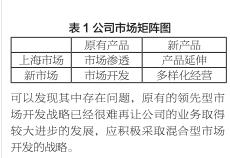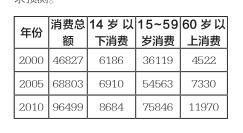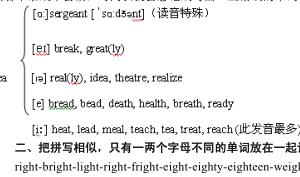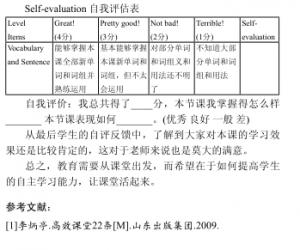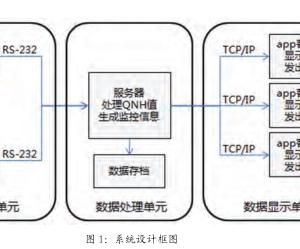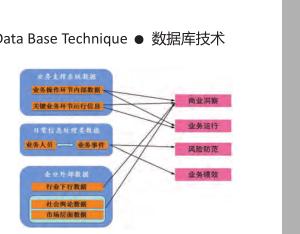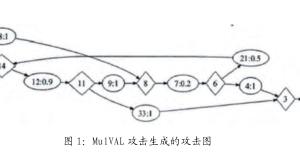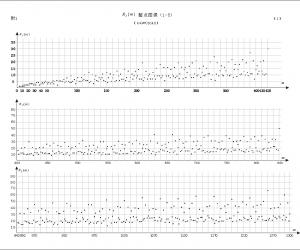In what ways and to what extent do international schools provide an internationa
In what ways and to
what extent do international schools provide an international and intercultural
education?
Liu Xi
( Durham University, Durham,United Kingdom, DH1 1TA)
Introduction
The concepts of ‘international
schools’ and ‘international education’ have been discussed frequently
throughout the past fifty years, a period which has witnessed particularly
rapid developments and increasing diversity in the approaches to both fields (Hayden
& Thompson, 1995). This essay
explores what international schools can provide in terms of ‘international’ and
‘intercultural’ education. The investigation will be divided into several
elements, including: intercultural competence, international mindedness,
identity and citizenship education. In order to achieve this, ‘intercultural
and international education’ and ‘international schools’ will be identified in
order to lay the groundwork for understanding international schools.
Subsequently, it will provide a rationale for various elements of international
schools in addition to exploring issues of concern in this area.
Intercultural &
International Education
The concept of international
education has developed for over a century and is often clouded by
inconsistencies in terminology (Hayden
& Thompson, 2008). The term
‘international education’ has been widely-used by scholars in the educational
field. However, the definition still remains unclear and subject to debate. Husén and Postlethwaite (1985) provide a
broad interpretation of international education as all educative efforts aimed
at fostering an international orientation in knowledge and attitudes. Fraser
and Brickman (1968) attempt to construct a more specific definition . Somewhat
presciently, they argue that the expansion of international markets, progress
of more sophisticated and efficient means of transportation and communication
bringing with them possible damage to the global surrounding and human life(Fraser
& Brickman, 1968). More
specifically, Starr proposes that special attention should be focused on
foreign language skills as well as various subjects, including history,
economics and sociology (Starr,
1979). This
essay does not attempt to solely define international and intercultural
education nor elucidate the relationship between the two. Instead, it provides
necessary background information for furthering the argument about what kind of
education international schools can provide.
The term ‘intercultural’ was first
introduced while international education was still being frequently discussed.
Gareis defines this term as ‘situations involving two or more cultures and is
used mainly to refer to relationships between people from two different
cultural backgrounds’ (Gareis,
1995). However,
many scholars in the field suggest the need for a distinction between
‘international’ and ‘intercultural’. Mark Heyward, for example, claimed that
‘international schools might be better conceptualized as ‘intercultural’ rather
than ‘international’ in the globalized world of the early 21st
century’ (Heyward,
2002). A
similar argument is made by Kieran James(James,
2005). This
shift in understanding within the academic field can also be witnessed in
practice.
International
Schools
Definition and groupings
International schools have sprung up
since the 1950s as a result of the substantial increase expatriates living
abroad. However, the nature of international schools and their aims have evolved
considerably since that time (Heyward,
2002). Two
broad categories of international schools have been identified: the traditional
type and those which have more recently emerged. The origin of many of today’s
international schools can be traced back to 1924, the
type of schools aimed at catering for the needs of globally-mobile expatriate parents
and their children might be described as the ‘traditional’ type of
international school. Hayden and Thomas describes their function as ‘providing
a service to a community for whom appropriate education would not otherwise be
available, and catering for an essentially transient group of students whose
length of stay at the school is determined by the duration of their parents’
contact locally’(Hayden
& Thompson, 2008). However, there
also exists a more recently emerging type which attracts affluent host country
nationals. These international schools cater largely for host country nationals
but offer English as the medium of instruction through curriculum different
from that of the host country. However, there is more than one way of
categorizing these schools since international schools exist in a diverse and changing
context. How to divide these schools and according to the nature of typologies
can be artitary to some extent (Hayden
& Thompson, 1995). Some attempts
have been made to define these schools according to their nature and typology.
Gellar provides a general definition of an international school as one which
‘welcomes pupils of many nations and cultures, that recognizes that such pupils
have differing aims, and actively adjusts its curriculum to meet those aims’ (Gellar,
1981). An
alternative approach to making sense of the groupings came from Matthews, who distinguishes
between both ‘ideology-driven’ schools(Matthews,
1988).
Four requisites
In order to better understand what
exactly constitutes international schools, Terwilliger sets forth four main
requisites for a school to be categorized as ‘international’. These include the
enrolment of a significant number of students whose citizenship is not the
country in which the school is located; a board of directors made up of roughly
the same proportion of foreigners and nationals; a teaching body made up of
teachers who have experienced a period of cultural adaption; and a curriculum
which is a ‘distillation of the best content and the most effective
instructional practices of each of the national system’ (Terwilliger,
1972).
Types of students
The students population consists
largely of expatriate children. However, with the rapid growth of international
schools in the twenty-first century, children of globally-mobile expatriates
are no longer the only group of students. Instead, there are arguably three
categories of students in these schools: the global nomad (or Third Culture
Kid), the returnee and host country nationals (Hayden
& Thompson, 2008).
The term Third Culture Kid (TCK) was
used to refer to children who do not have a real association or sense of belong
to what might be considered a ‘first culture’ (their passport country), nor to
their ‘second culture’(the country in which they are temporarily living), but
instead, feels most at home in a ‘third culture’ (Useem,
1976).
Recently, a TCK has been described as someone who has spent a substantial period
of time in his or her developmental ages outside of the parental culture (Polleck
& Van Reken, 1999).
The second group, the returnee,
describes children who attend an international school within their own country
after returning from living somewhere else. The reason for these returnees
choosing an international school in their own home country is that, having been
educated outside their home country’s national education system, they would
find it hard to fit back into the national system. Therefore, an international
school situated in their own home country might be a good choice for those
returnees (Hayden
& Thompson, 2008).
Curriculum
The concept of ‘international
curriculum’ in general has yet to be well defined. However, it is usually
perceived as a curriculum which is not based upon any single national
educational, but instead draws upon educational philosophies and methodologies
from a variety of sources (Hayden
& Wong, 1997). Today an
increasing number of international schools offer a wide range of programs based
on international curriculum, while some offer programs within the national
system (Hayden
& Thompson, 2008). Thompson
categorizes these curricula according to four main types: exportation, which
consists marketing existing national curricula and examinations abroad;
adaption, wherein existing national curricula and examinations are adapted to
suit the international context; integration, where best practices for a range
of successful curricula are brought together into one new curriculum; and
creation, where a new program is developed from first principles (Thompson,
1998). A number of different types of curricula can be found in international
schools around the globe, including International General Certificate of
Secondary Education (IGCSE), Advanced Placement (AP) International Diploma, etc.
(Hayden
& Thompson, 2008).
In the context of international
education, especially study abroad programmes, many students who study abroad
often derive a great deal of personal enjoyment and advantages from them. The
students also believe that international experience is beneficial for them in
the international labour market. More specifically, many of them feel that
these experiences may help them acquire deeper insight into the place they
visit as well as helping them become
more adaptable, confident, open and tolerant (Rizvi,
2007).
Nonetheless, there are a number of students who come back feeling
disillusioned. It is noted that ‘some even have their cultural stereotypes and
prejudices confirmed, perhaps even extended’. Consequently, we can argue that
the outcomes differ from individual to individual. Preparing students for
navigating change has become an important component in the process of
curriculum reform. It cannot be emphasized enough that these initiatives cannot
be fulfilled without conceptual thinking that is more systematic in nature. Intercultural
Competence
Defining Intercultural Competence
In the new era of globalization, the
increasing diversity of cultures requires individuals to demonstrate specific
competences and capacities in order to achieve both personal fulfillment and
social harmony (Intercultural Competences: Conceptual and
Operational Framework, 2013). International schools are regarded as unique
places to provide the education necessary for nurturing these skills. However,
the scope of intercultural competences is much broader than current formal
curriculum. This is part of a broad toolkit of worldviews, attitudes and abilities
that young people gain for their lifelong journey’ (UNESCO, 2009). Thus, to
cultivate intercultural competence is significantly crucial among their
students.
Identity
Identity can be seen as socially-constructed insofar as it develops as a result of experiences in one’s own life and social communication with his or her fellows’
中国论文网(www.lunwenchina.cn),是一个专门从事期刊推广、论文发表、论文写作指导的机构。本站提供一体化论文发表解决方案:省级论文/国家级论文/核心论文/CN论文。
投稿邮箱:lunwenchina@126.com
在线咨询:189308598(QQ)
联系电话:15295038855(徐编辑)





